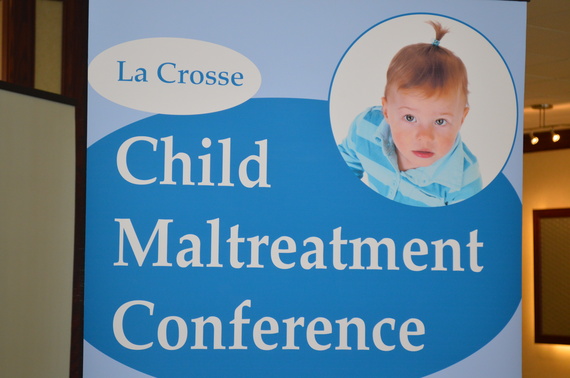The U.S. Census Bureau released its public education finance data for FY 2012 last Thursday, along with this report which includes data by state and for the 100 largest school districts. http://www2.census.gov/govs/school/12f33pub.pdf I recommend paying attention to Table 11, per pupil revenues and expenditures by category, and Table 12, spending per $1,000 of state residents’ personal income by category, a figure that takes into account the relative cost of living and ability to pay in different states. Table 18 has per pupil amounts for the 100 largest school districts, albeit without such an adjustment. As usual I have downloaded and compiled more detailed data from the Bureau, including more data categories and data for every individual school district in New York, also aggregated into different regions of the state, and every school district in New Jersey. It took 10 hours to do this compilation, mostly because I repeated it for FY 2012, FY 2002, and FY 1992, three roughly economically comparable years that also approximately match the beginning and end of the Giuliani and Bloomberg administrations in New York City.
The data shows that in FY 2012 New York City spent $22,884 per student, somewhat lower than the average of $23,914 for the Downstate Suburbs but more than the $18,827 for New Jersey, the $18,815 for the Upstate Urban Counties, the $19,354 for the Rest of New York State, the $18,242 in Connecticut, and the $16,076 in Massachusetts. The U.S. average was just $12,295 per student. As usual I have adjusted some of these figures for the higher average private sector wage and cost of living in the Northeast. This reduces the NYC figure to $17,865 per child, still 45.3% higher than the U.S. average but below the average for Upstate New York. Moreover, on an unadjusted basis the city spent $13,627 per student on instructional (mostly teachers) wages and benefits in FY 2012. That is $272,540 for every 20 students and $163,500 for every 12 students – during a time when most New Yorkers were under stress from a weak economy and yet the NYC teacher’s union claimed teachers were underpaid and stoked their resentment and de-motivation. The spreadsheets may be found on “Saying the Unsaid in New York.”


